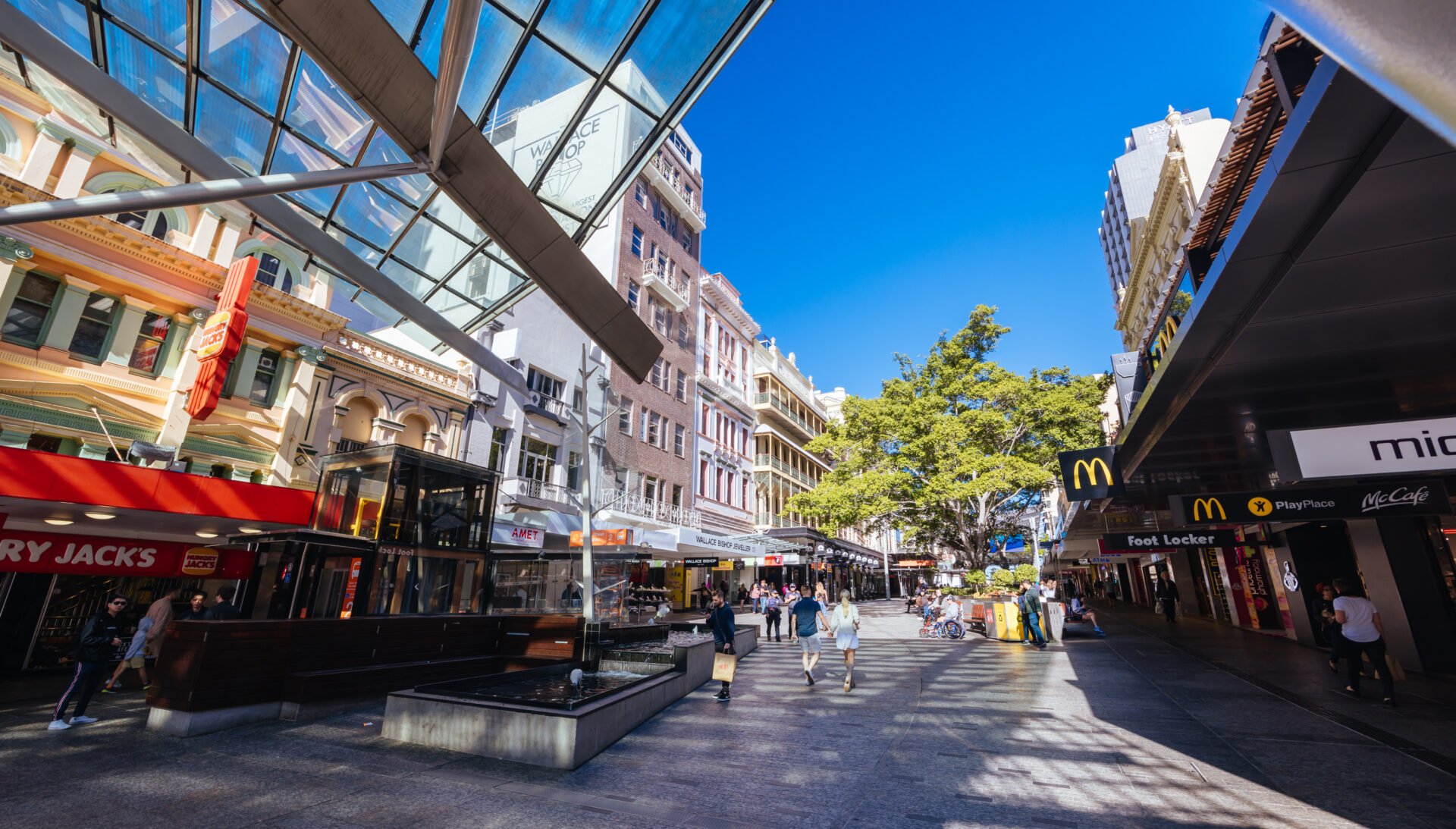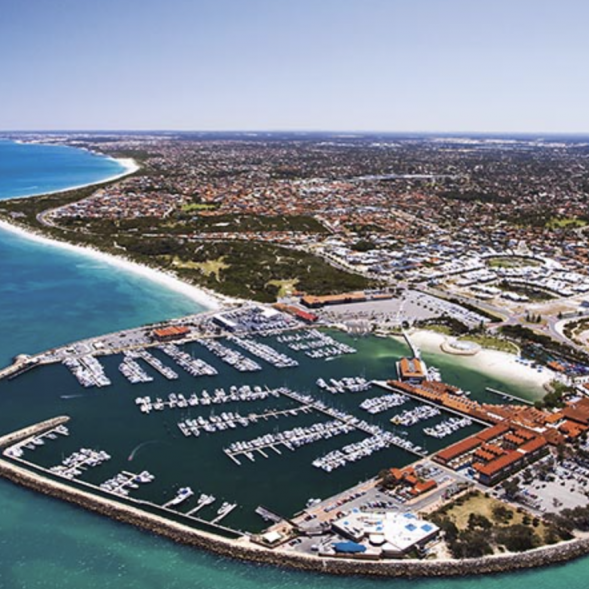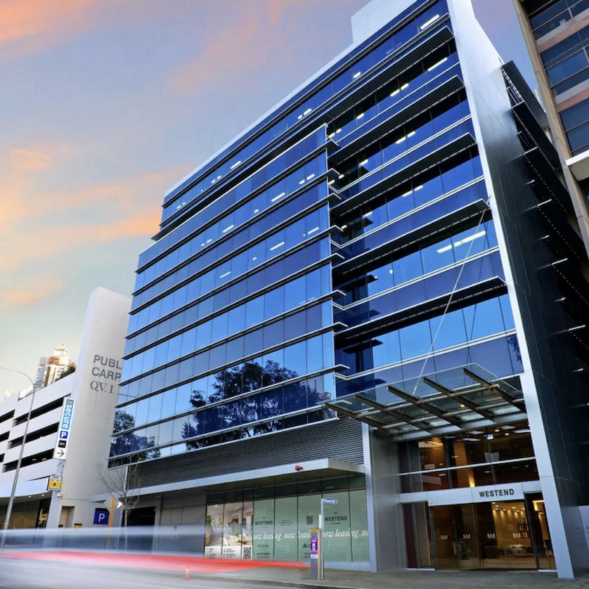The appetite for prime retail properties with long leases to well-regarded tenants has remained comparatively strong and while these assets are clearly sought-after, the barriers to acquisition, mainly higher price points, can exclude many entry level investors.
At a national level, retail spending has remained somewhat steady with the Australian Bureau of Statistics reporting that seasonally adjusted retail turnover rose 0.7 per cent in the month of August. Trend adjusted annual spending over the twelve months to July 2024 shows a 2.76 per cent increase in café, restaurants and takeaway food spending, 2.69 per cent increase in food retailing and a 2.61 per cent increase in other spending which includes cosmetics, sports and recreational goods in comparison to the twelve months to July 2023 while household goods retailing showed a decline of 1.81 per cent over the same period. This potentially highlights the “lipstick effect” on consumer spending behaviour where consumers are thought to spend on little indulgences rather than big ticket items during an economic downturn.
Although many entry level investors typically look towards residential investment, there are retail investment opportunities available at affordable price points typically with more attractive yields albeit at higher levels of risk and complexity. Softening yields, predominantly as a result of the increased cash rate and uncertain economic conditions, continue to push down values for some assets and markets. Entry level retail investments for freehold properties within many of Australia’s CBDs may be hard to come by as strong land values, particularly due to the scarcity of stock, have underpinned values. Vacancy levels for retail premises in popular positions, particularly within Sydney and Melbourne, have begun to fall as weekend visitor and tourist numbers return to pre-pandemic levels even as office vacancies remain at elevated levels.
Premises within well-regarded retail strips remain an option for entry level investors although consideration needs to be given to vacancy rates, achievable rental rates and local factors which could impact future demand from tenants and purchasers. Secondary retail precincts in local neighbourhood shopping strips which cater to local residents may also provide opportunities for owner-occupiers to establish themselves in affordable premises. Zoning regulations may also permit mixed use, home based businesses within these premises allowing flexibility traditional residential dwellings don’t provide.
Opportunities for entry level retail investors around Australia are available although many of the drivers underpinning the more widely publicised investment transactions, such as long lease terms and well regarded national or international tenants, are likely to be missing from the more affordable options in the current market. Retail spending has been relatively flat throughout Australia although there are signs of decreasing retail vacancy rates in some popular CBD areas as tourism and visitor numbers return to pre-pandemic levels. Entry level investment options range from small stratatitled premises within CBDs to secondary outer locations. Investors should cautiously evaluate the underlying fundamentals and their objectives. While everyday investors may be attracted to entry level retail investments, significant care should be taken to understand the current headwinds and complexities of commercial property. It is clear that the full effects of the higher cash rate environment are continuing to impact retail property markets and there is uncertainty around when markets will stabilise.
Nathanial Ramage










